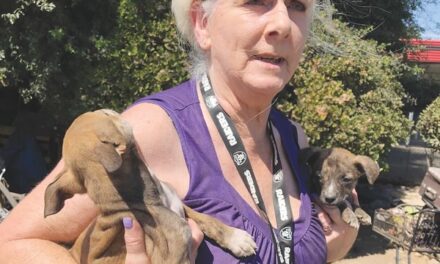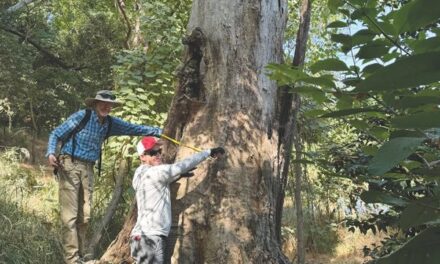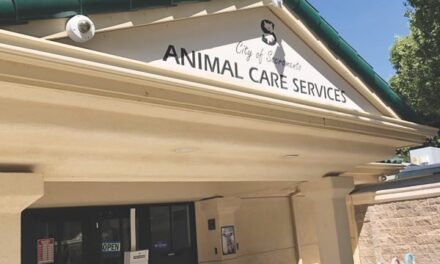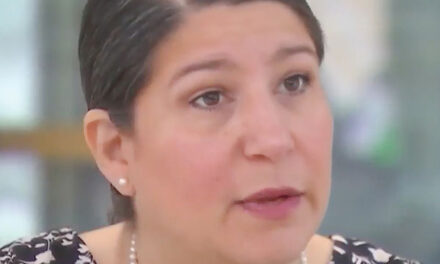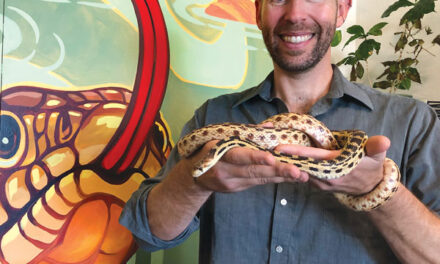There are many ways to work around the law. Let’s start with the nearly 600 dogs and cats in “foster to adopt” at the city’s Front Street Animal Shelter, headed by Manager Phillip Zimmerman.
The concept is simple. California law requires shelters to spay or neuter animals prior to adoption. Under “foster to adopt,” animals are released to “adopters” as “foster pets.”
As foster pets, they don’t need to be altered before leaving the shelter.
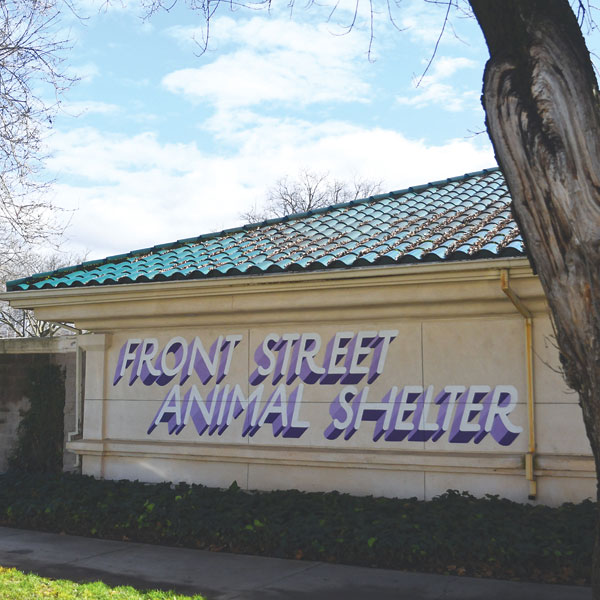
The foster parent/adopter agrees to bring the animal back for spay or neuter when a surgery appointment is available. Then the official adoption can take place.
What’s wrong with this picture?
Front Street’s spay/neuter appointments are delayed up to six months. If you want to adopt today, the surgery date would likely be August.
The gestation period for a dog or cat is approximately two months. That’s the problem.
Zimmerman “is using ‘fostering’ like most shelter directors use the term ‘adoption’ so he can release without spay and neuter,” animal advocate and attorney Hilary Bagley Franzoia says.
“California shelter laws are designed to curtail the unwanted surplus by only releasing—via legal adoption where ownership changes hands—with alteration. Without this mandate, breeding and the surplus of unwanted pets increases,” Bagley Franzoia adds.
Yet Front Street sends out unaltered animals daily. If the “foster pet” is lost, dumped, rehomed or bred, there are no repercussions. What if the animal bites someone, attacks another dog or is injured?
“Legally, the city still owns those animals,” says Bagley Franzoia, who headed the Sacramento County District Attorney’s Animal Cruelty Unit and Animal Cruelty Task Force.
Front Street has one full-time employee to oversee both the dog and cat foster programs, including the hundreds of unaltered animals in so-called “foster to adopt.” Part-time interns pitch in. A former Front Street volunteer calls the tracking system “abysmal.”
Zimmerman blames the spay/neuter backlog on resources—a nationwide shortage of veterinarians and vet technicians. Yet Front Street has three full-time vets, access to contract veterinarians and significant financial assistance from its nonprofit arm, Friends of Front Street.
“The lack of prioritizing spay and neuter has contributed to this crisis of unaltered animals,” says local animal advocate Julie Virga with Fix Our Shelters, a nonprofit watchdog group.
In the coming months, Front Street will partner with a national mobile spay/neuter clinic to alter “foster to adopt” animals. But what about animals who continue to flood the shelter? What are the long-term plans?
“When offered high-volume spay/neuter surgical teams to alter the backlog of shelter pets, Front Street management had no interest,” Virga says. “If you don’t have a permanent, functioning spay/neuter program, you’ve got a problem.”
Zimmerman also embraces “community sheltering” and “finder fostering,” ideas pushed by UC Davis Koret Shelter Medicine Program as part of its “reduced intake model” to keep shelter numbers down.
“For the last five years, animals in our community have been breeding out of control due to ‘reduced intake’ programs,” Virga says.
The numbers tell the story. In 2022, Front Street took in 6,309 strays—and euthanized 747. In 2023, the shelter took in 7,727 strays and euthanized 1,132.
In 2024, the numbers grew—8,457 strays, 1,462 killed.
“By never catching up with his legal obligation to spay and neuter before ‘giving away’ animals, he increases the unwanted, unplaceable surplus—the very thing he complains about, and the thing the public works so hard to reduce,” attorney Bagley Franzoia says.
Then there’s Front Street’s policy to turn away strays. Posted on the shelter’s website: “Just because a cat is outdoors doesn’t mean that it is lost…. For this reason, we do not accept healthy stray cats.”
Front Street instructs people to return stray cats and kittens, many as young as 8 weeks old, to where they were found, regardless of whether they are spayed or neutered.
A recent court ruling in San Diego found turning away stray animals, or dumping them in communities to fend for themselves, violates California law that says shelters must receive and care for animals. “It is one of their primary duties,” Bagley Franzoia says.
“Leaving animals to suffer and die on the streets due to starvation, vehicles, predators and lack of shelter is not a humane solution,” Virga says. “Shelters have a legal obligation to accept stray animals and provide them with necessary care.”
It’s time to stop releasing unaltered animals, stop turning away stray pets and prioritize spay/neuter.
The City Council, Mayor Kevin McCarty and the next city manager must protect homeless animals by forcing Front Street Animal Shelter to follow the law.
Cathryn Rakich can be reached at crakich@surewest.net. Previous columns can be found and shared at InsideSacramento.com. Follow us on Facebook and Instagram: @insidesacramento.




